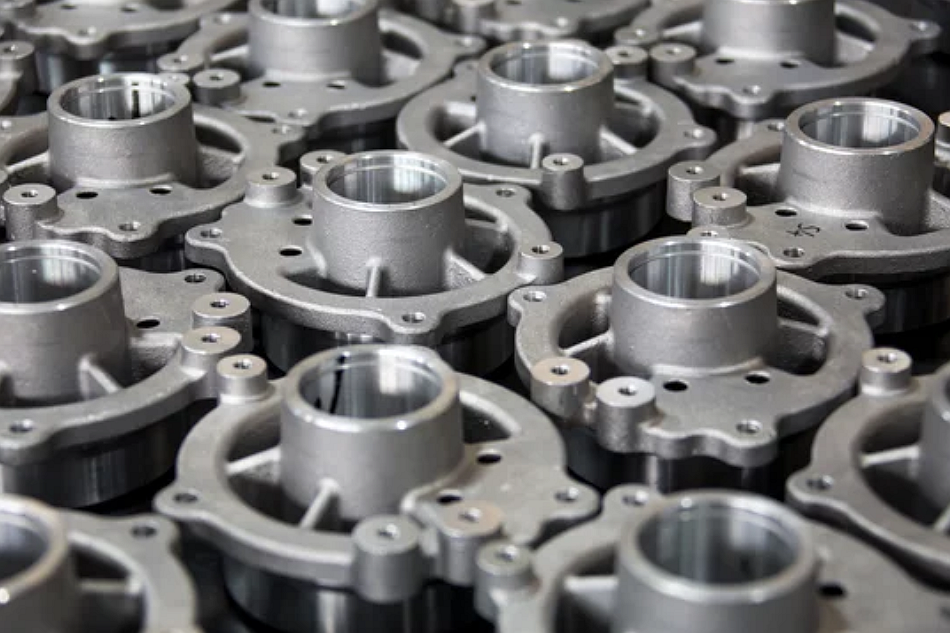What challenges arise when choosing different metals for sand casting?
Introduction
Selecting the right metal for sand casting is a complex engineering decision that affects everything from casting quality to cost and performance. Each alloy—whether aluminum, iron, steel, or copper—presents unique thermal, mechanical, and chemical behaviors during solidification. Understanding these challenges helps manufacturers minimize casting defects, improve consistency, and optimize downstream finishing such as heat treatment or polishing.
Thermal Expansion and Shrinkage Variability
Different metals contract at varying rates as they cool, leading to dimensional inaccuracy or internal stress. For instance, aluminum alloys have higher thermal expansion than cast iron, requiring precise mold compensation to avoid warping. Conversely, steels and superalloys, such as nickel-based alloys, require controlled cooling to prevent cracking or distortion. Managing shrinkage behavior is essential to achieving accurate geometries and tight tolerances.
Fluidity and Mold Filling Difficulties
The flow behavior of molten metal varies widely across different alloys. Low-melting-point materials such as aluminum fill molds easily, producing fine details. However, high-melting-point metals, such as stainless steel or carbon steel, may solidify prematurely, causing incomplete fills or surface roughness. Maintaining optimal pouring temperature and gating design becomes critical to ensure consistent mold filling, especially for complex or thin-walled components.
Reaction With Mold Materials
Certain alloys react chemically with the silica or binders in sand molds. Copper alloys and magnesium alloys are particularly prone to oxidation or gas porosity. These reactions can form inclusions or surface pitting that weaken mechanical properties. To counteract this, protective coatings or inert gas atmospheres are often used during the casting process.
Surface Finish Limitations
The surface texture achievable in sand casting depends strongly on the type of metal. Aluminum and bronze yield smoother finishes, while steels and irons generally exhibit higher surface roughness. Post-processing techniques, such as electropolishing, passivation, or painting, can enhance aesthetics and corrosion resistance, but may also increase production time and cost.
Alloy-Specific Casting Defects
Each material type is prone to unique defects. For example, aluminum castings can develop gas porosity; iron may suffer from shrinkage cavities; steels risk hot tearing; and copper alloys are susceptible to dross formation. These challenges demand fine-tuned gating systems, degassing techniques, and controlled cooling rates.
Post-Processing and Machinability Challenges
After casting, certain metals are easier to machine than others. Aluminum and brass allow rapid CNC machining and polishing, while stainless steel and tool steel require specialized cutting tools and longer cycle times. Post-treatment processes such as nitriding or thermal coating may be necessary to enhance wear resistance for demanding applications.
Cost and Resource Efficiency
Material prices and energy consumption vary significantly. Non-ferrous metals like copper and nickel-based alloys are expensive and energy-intensive to melt, while aluminum and cast iron offer a better cost-performance balance. Manufacturers must align material choice with production scale, component function, and total lifecycle cost.
Conclusion
Choosing metals for sand casting involves balancing performance requirements, manufacturability, and economics. Each alloy offers distinct advantages but introduces its own casting, finishing, and machining challenges. With precise process control and optimized finishing methods, sand casting remains a highly adaptable solution for producing durable, high-performance components across industries.



